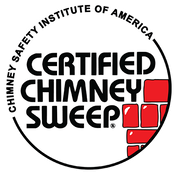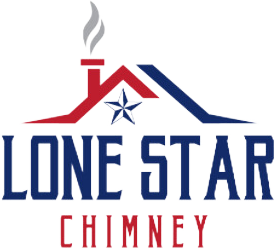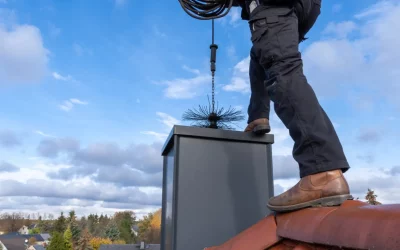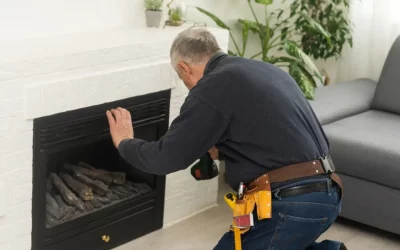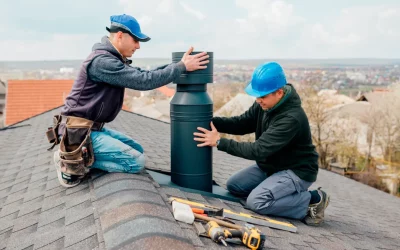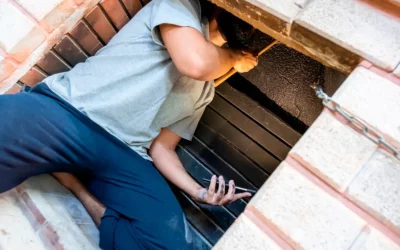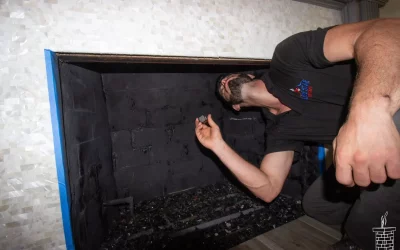When homeowners in Houston face the annual task of chimney maintenance, a critical decision emerges: should they tackle chimney sweeping themselves or hire a professional chimney sweep? This question becomes particularly relevant in Houston's unique climate, where...
Blog
What Is Creosote and Why Must It Be Removed? – Lone Star Chimney in Houston, TX
Homeowners who rely on wood-burning fireplaces and stoves often encounter a dark, tar-like substance coating the interior walls of their chimneys. This mysterious buildup, known as creosote, represents one of the most serious threats to home safety and chimney...
What to Expect from a Professional Chimney Inspection in Houston, TX by Lone Star Chimney
Houston homeowners understand the importance of maintaining their property's safety and efficiency, especially when it comes to heating systems and fireplaces. A professional chimney inspection represents one of the most critical maintenance tasks that property owners...
How Camera Inspections Help Detect Hidden Chimney Issues in Houston, TX with Lone Star Chimney
Houston homeowners know that maintaining their property requires constant vigilance, especially when it comes to structural elements that face the city's challenging weather conditions. Among these critical components, chimneys often remain out of sight and out of...
Why Houston, TX Homeowners Should Be Aware of the Three Chimney Inspection Levels with Lone Star Chimney
Houston homeowners who rely on fireplaces for warmth, ambiance, or cooking need to understand that chimney maintenance extends far beyond simply cleaning out ashes. A professional chimney inspection serves as the foundation of proper fireplace safety, and...
Understanding the Different Levels of Chimney Inspections in Houston, TX with Lone Star Chimney
When homeowners in Houston think about maintaining their property, chimney inspection often falls lower on the priority list compared to other home maintenance tasks. However, understanding the different levels of chimney inspection is crucial for ensuring both safety...
